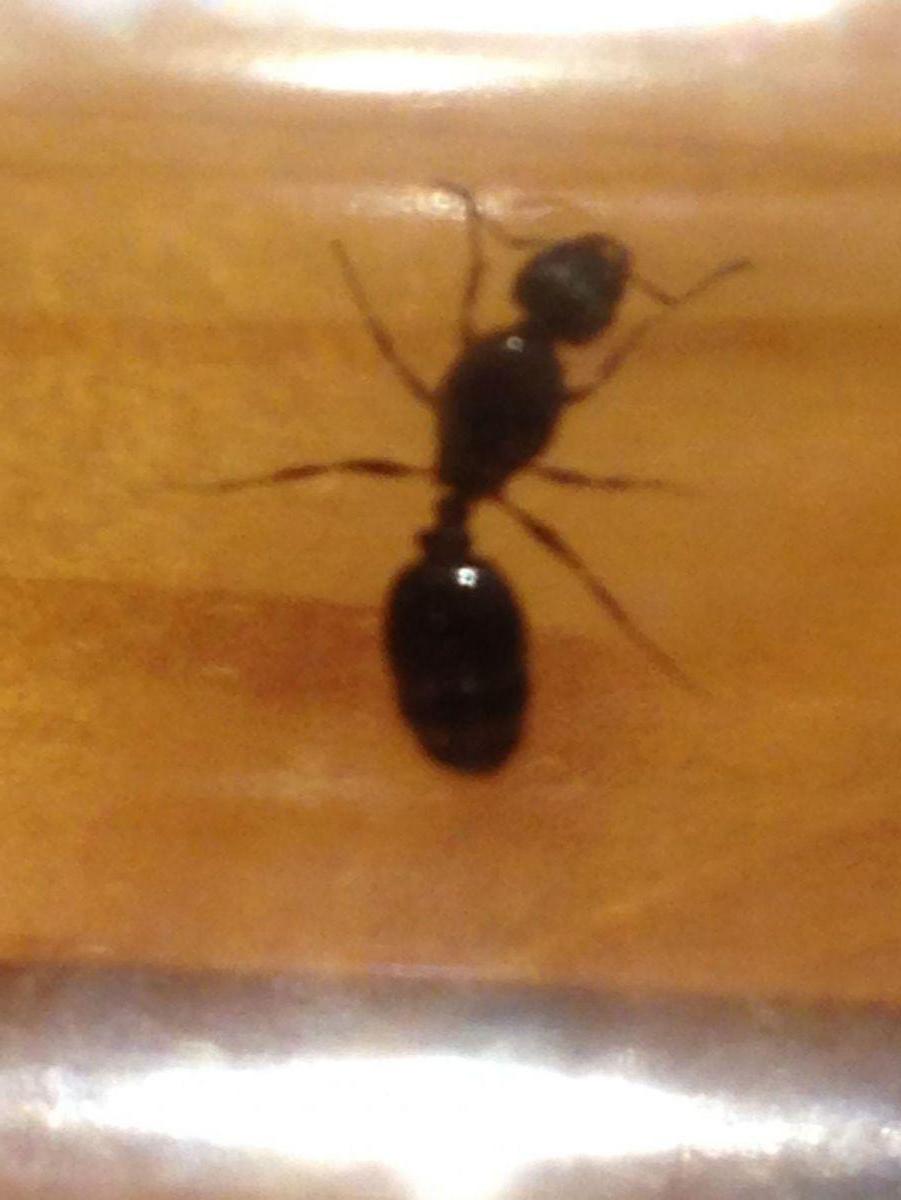Caught this queen under a street light about 10:30pm last night:


Caught this queen under a street light about 10:30pm last night:

Current Colonies:
Aphaenogaster tennesseensis (50 Workers)
Formica subsericea (5+ Workers)
Tetramorium caespitum (50+ Workers)
Parastic Lasius (15 Accepted Host Workers)
Crematogaster cerasi (10 + Workers)
Temnothorax sp. (70 + workers)
That is what I heard- really excited to see how they develop.
Current Colonies:
Aphaenogaster tennesseensis (50 Workers)
Formica subsericea (5+ Workers)
Tetramorium caespitum (50+ Workers)
Parastic Lasius (15 Accepted Host Workers)
Crematogaster cerasi (10 + Workers)
Temnothorax sp. (70 + workers)
Edited by Myrmicinae, June 25 2014 - 1:24 PM.
I've never had a problem with raising them with regular cotton. They are pretty hardy and very stubborn.
I've never had a problem with raising them with regular cotton. They are pretty hardy and very stubborn.
Did it mold or something? Perhaps it was coated in something... which sucks because if there is something toxic in those cotton balls i can't imagine putting them on my face. D:
Did it mold or something? Perhaps it was coated in something... which sucks because if there is something toxic in those cotton balls i can't imagine putting them on my face. D:
Edited by Myrmicinae, June 26 2014 - 5:40 PM.
0 members, 1 guests, 0 anonymous users